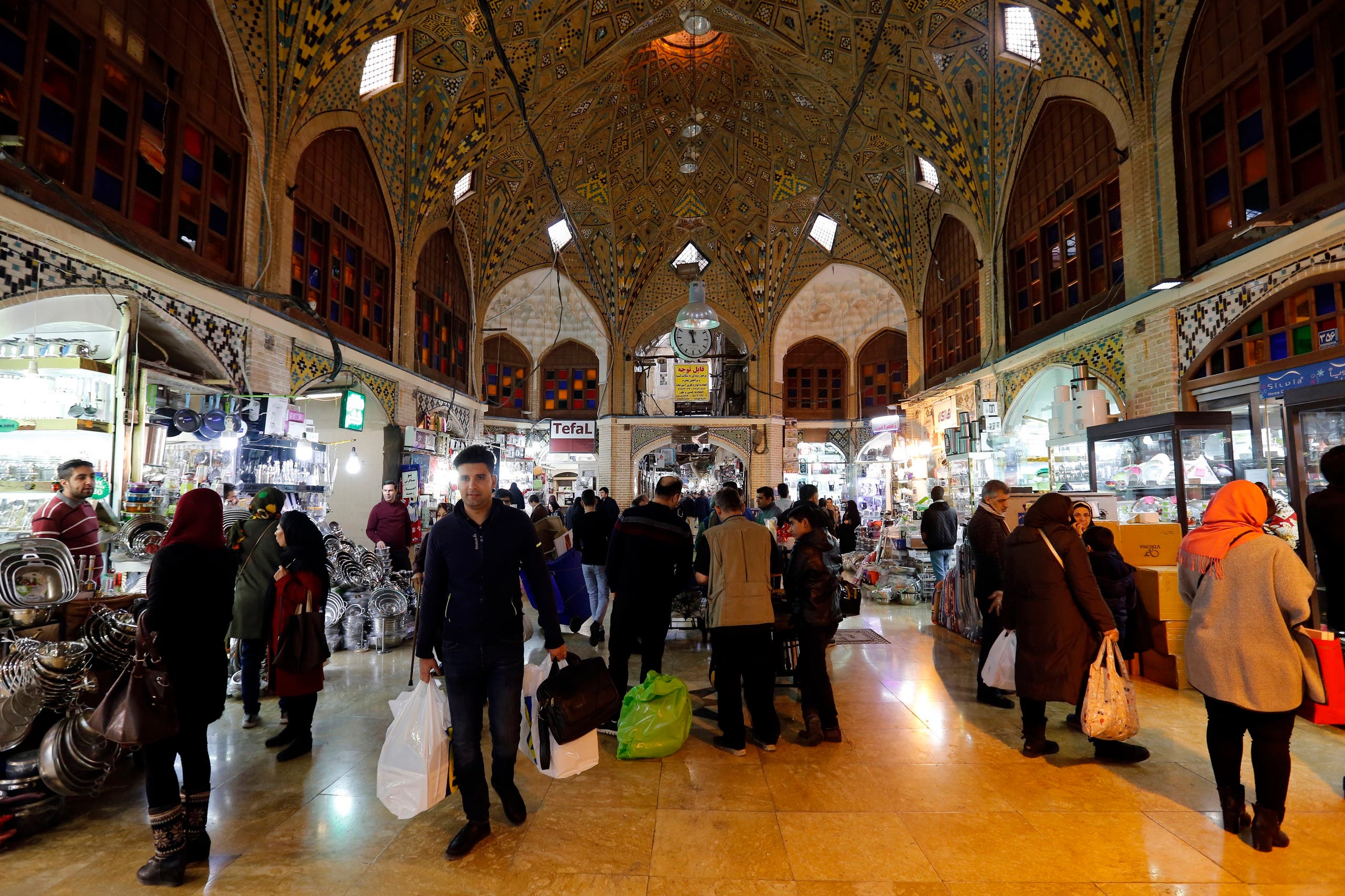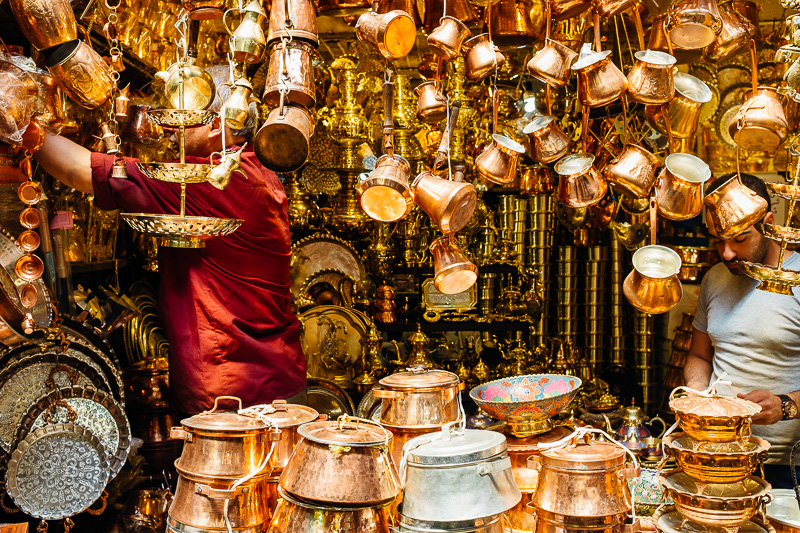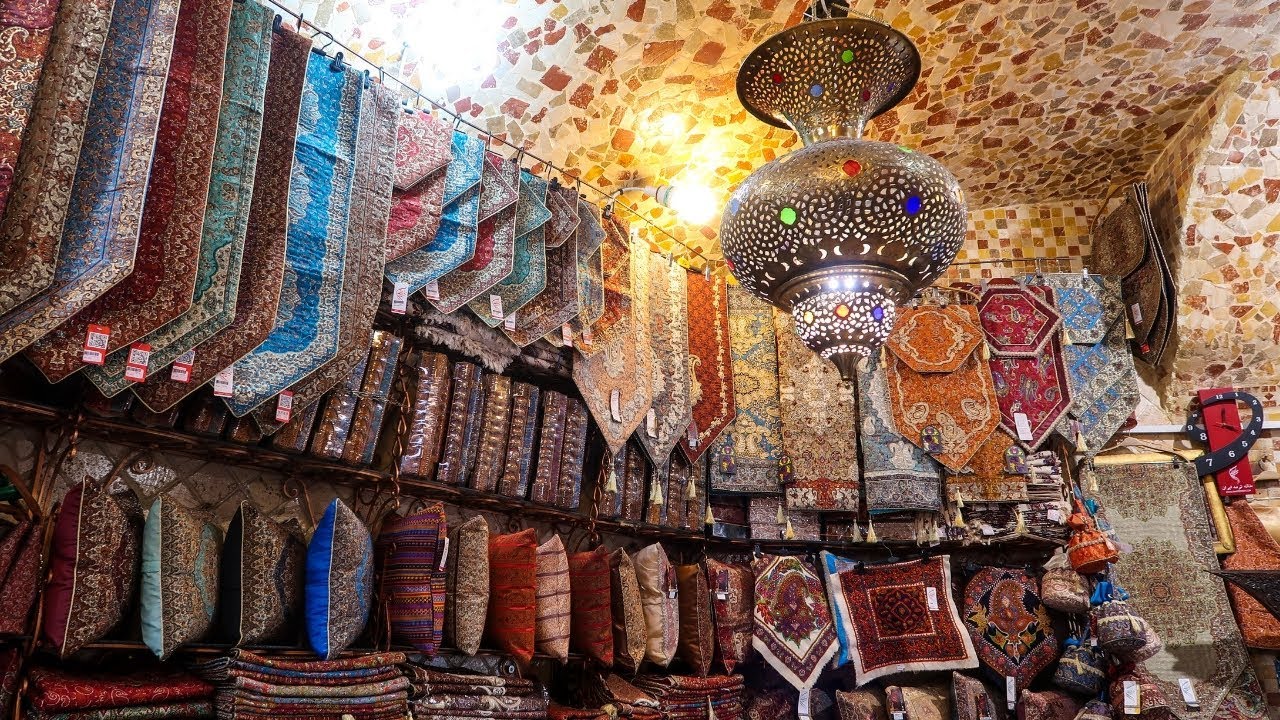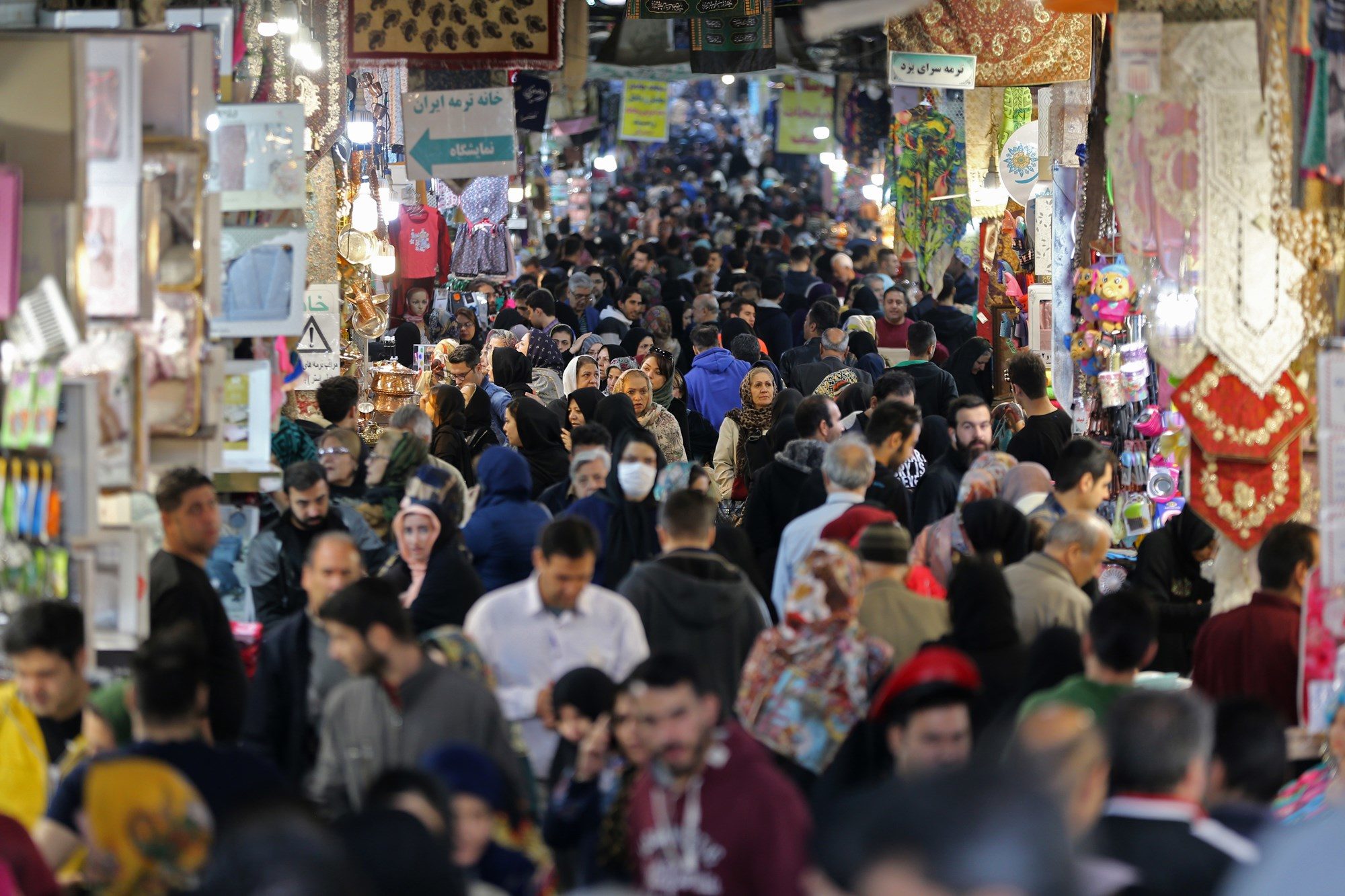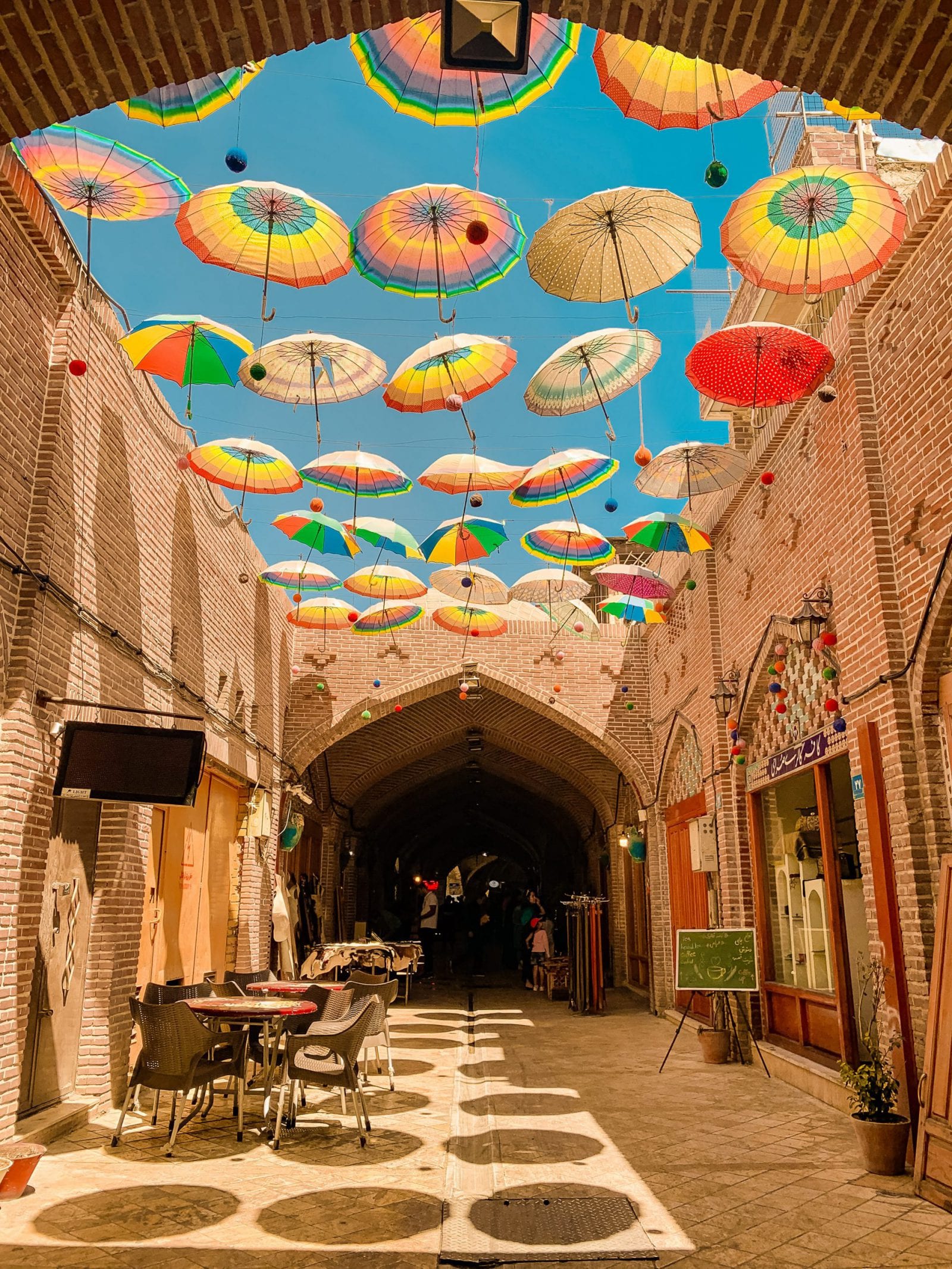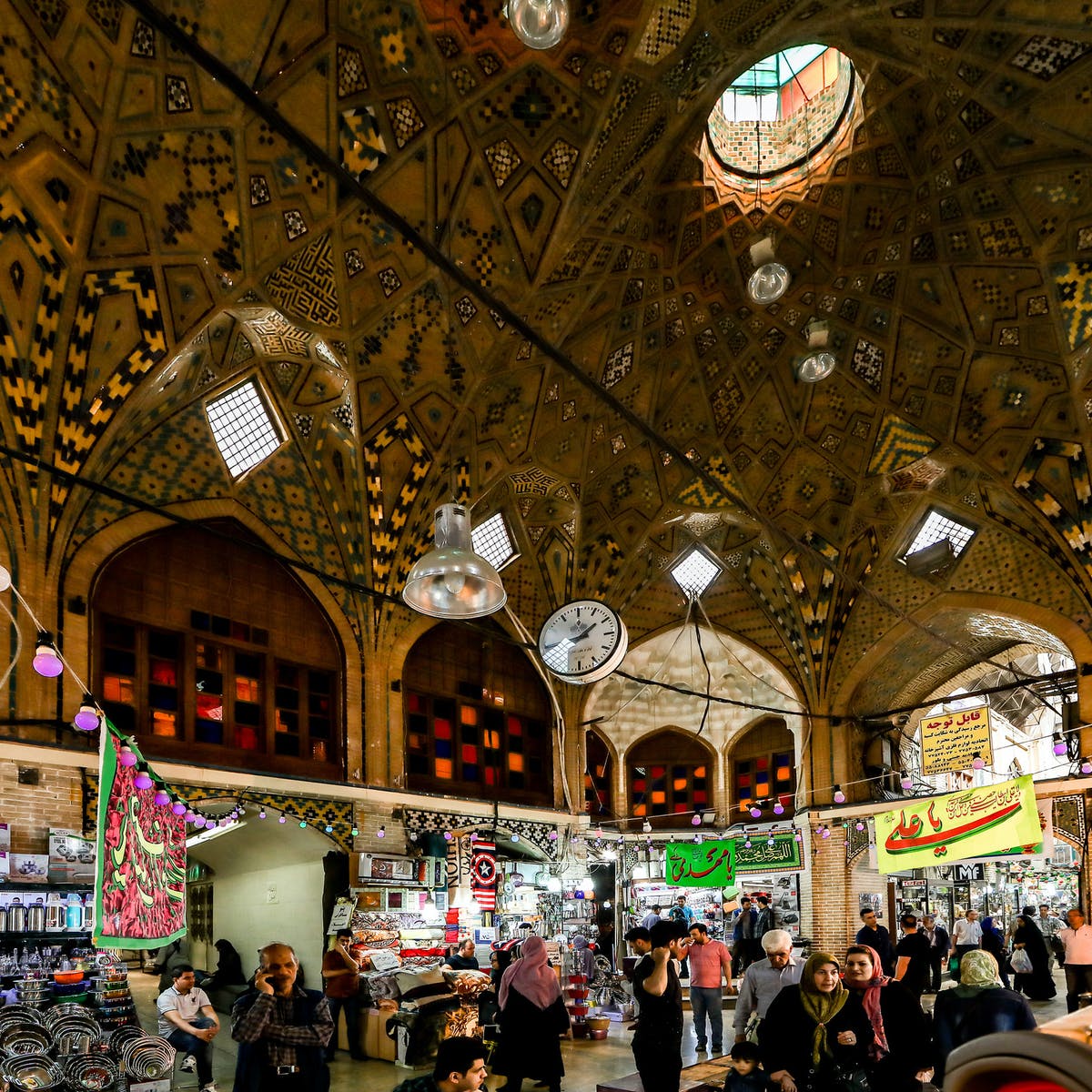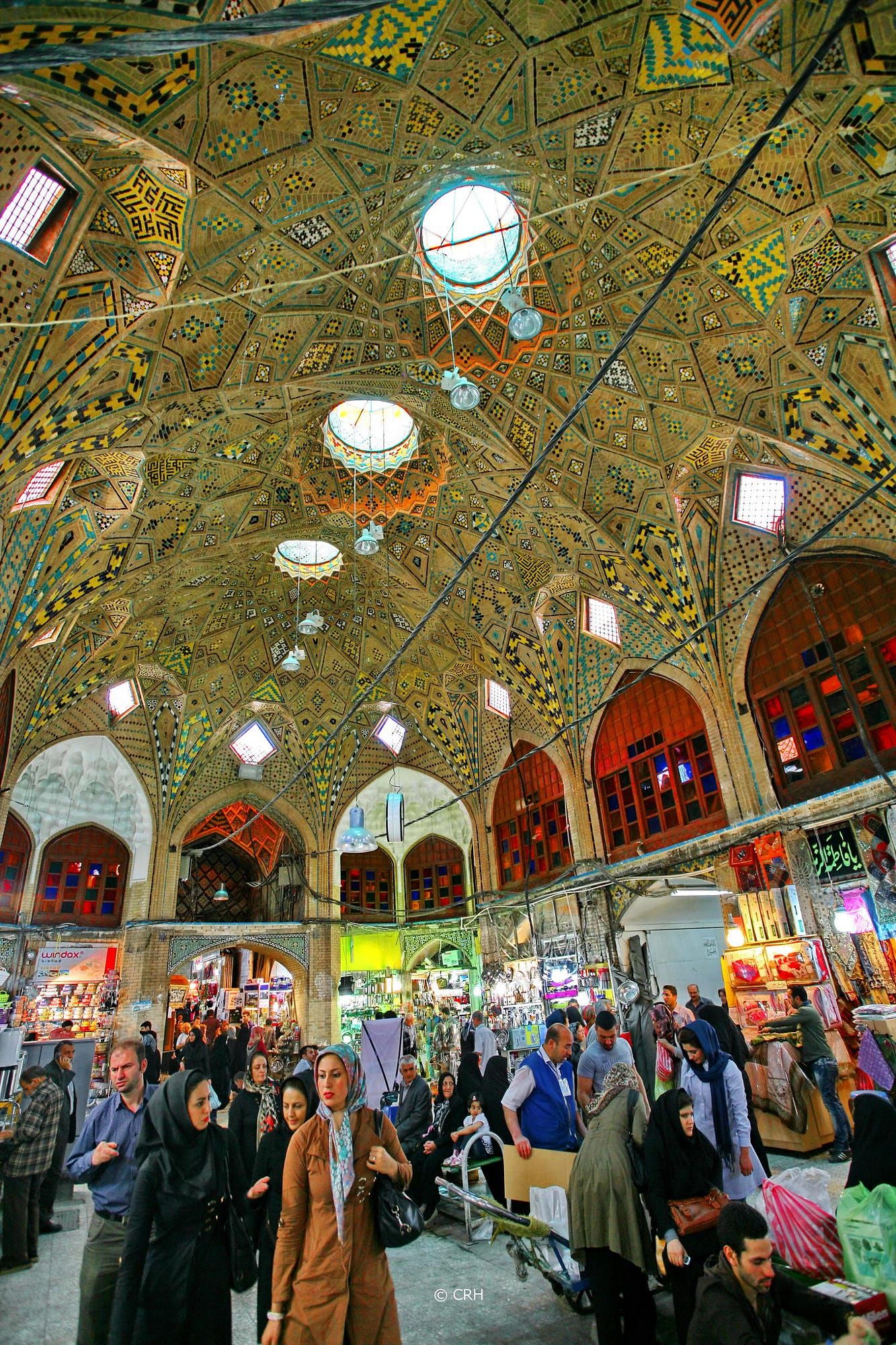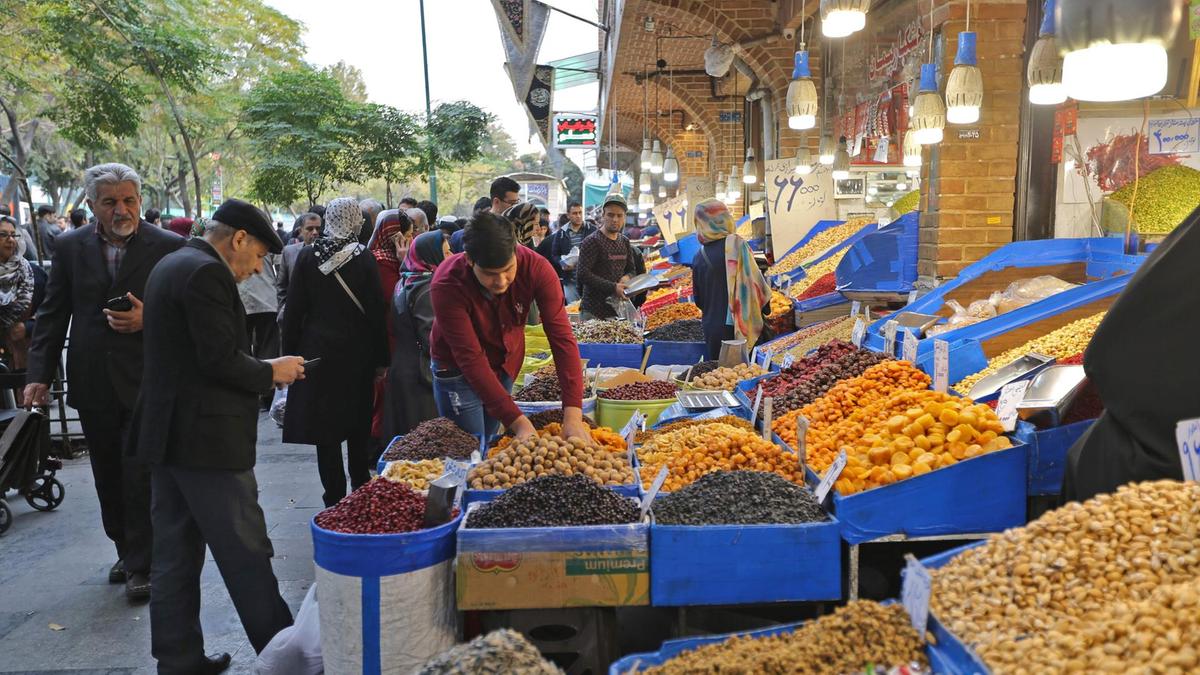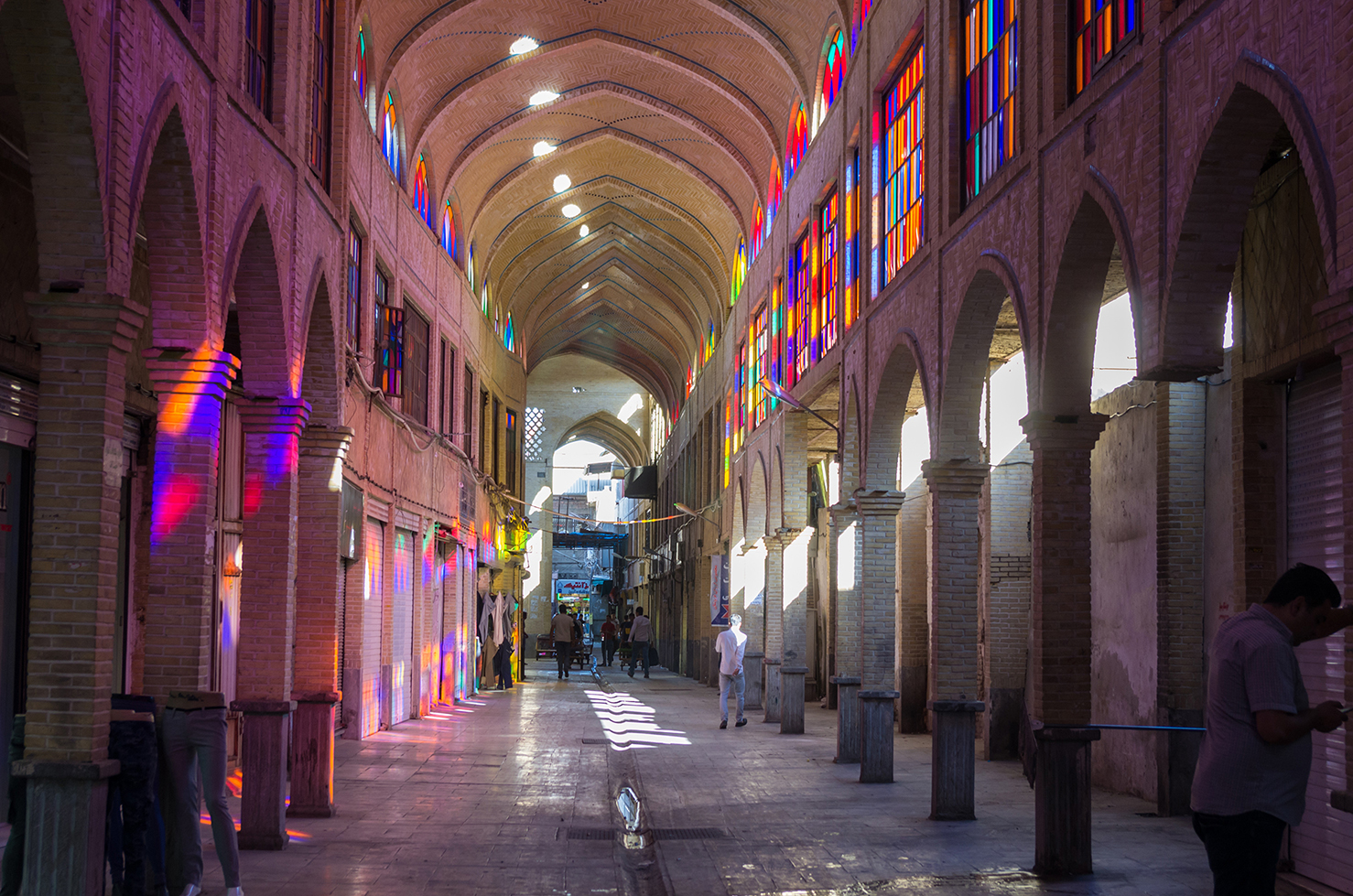Hightlight
-
 Car parking
Car parking -
 Coffee shop
Coffee shop -
 Hotel
Hotel -
 Non smoking
Non smoking
The Grand Bazaar of Tehran is located in the Bazaar district in the south of central Tehran. It is the largest market of its kind in the world, housing banks, mosques, and guest houses. Naturally, trade takes up most of the space here.
Numerous corridors run through Tehran Grand Bazaar, each specializing in different goods. In total they cover a distance of 10 km. The bazaar can be entered through several entrances, some of which are closed and guarded in the evening. The most important shopping hours are from 7 am to 7 pm. The bazaar can be reached by the Tehran Metro and can be disembarked at the 15 Khordad or Khayyam Metro stations.
Tehran Grand Bazaar; History and Growth
The construction of the market in Iran has a history of thousands of years. It is a maze of lively alleys and bazaars. Iranian architecture uses abundant symbolic geometry, using clean shapes such as circles and squares, and plans are often based on symmetrical schemes with rectangular courtyards and halls. Covered stores in the market extend along a ten-kilometer-long avenue and have multiple entrances.
Activity in Tehran Grand Bazaar dates back to the 4th century B.C. in Iran. After the Islamization of the country in the 7th century, trade in the region increased and the bazaar gained crucial importance, especially during the Safavid rule and during the last 200 years. Until the 19th century the bazaar formed a “city within a city”. As the city of Tehran grew in the 20th century the bazaar gradually lost its importance. Today, despite this development, it is still an important commercial center of the city and country, although much of the city’s trade and finance has been relocated to other parts of the capital. Tehran Grand Bazaar is also of great interest to tourists.
The Tehran Grand Bazaar is built in ancient traditions. It is divided into corridors, each specializing in different types of goods including copper products, carpets, paper, spices, precious metals. The market also has smaller vendors selling all sorts of goods. Today, it is possible to purchase more modern items in addition to traditional items.
Although the current bazaar is associated with the period from the 19th century to the present day, its roots go far back in time. Although Tehran Grand Bazaar draws heavily on this historical legacy, much of it is built today. The oldest surviving buildings and corridors are more than 400 years old, and many of them have been restored over the past 200 years. In this sense, the current Tehran Grand Bazaar is one of the largest in the Middle East. Its older parts are usually similar in architectural style, while those created in the 20th century often look significantly different. In an attempt to enhance the prestige of the Bazaar at the end of the 20th century, projects were undertaken to restore and improve it.

